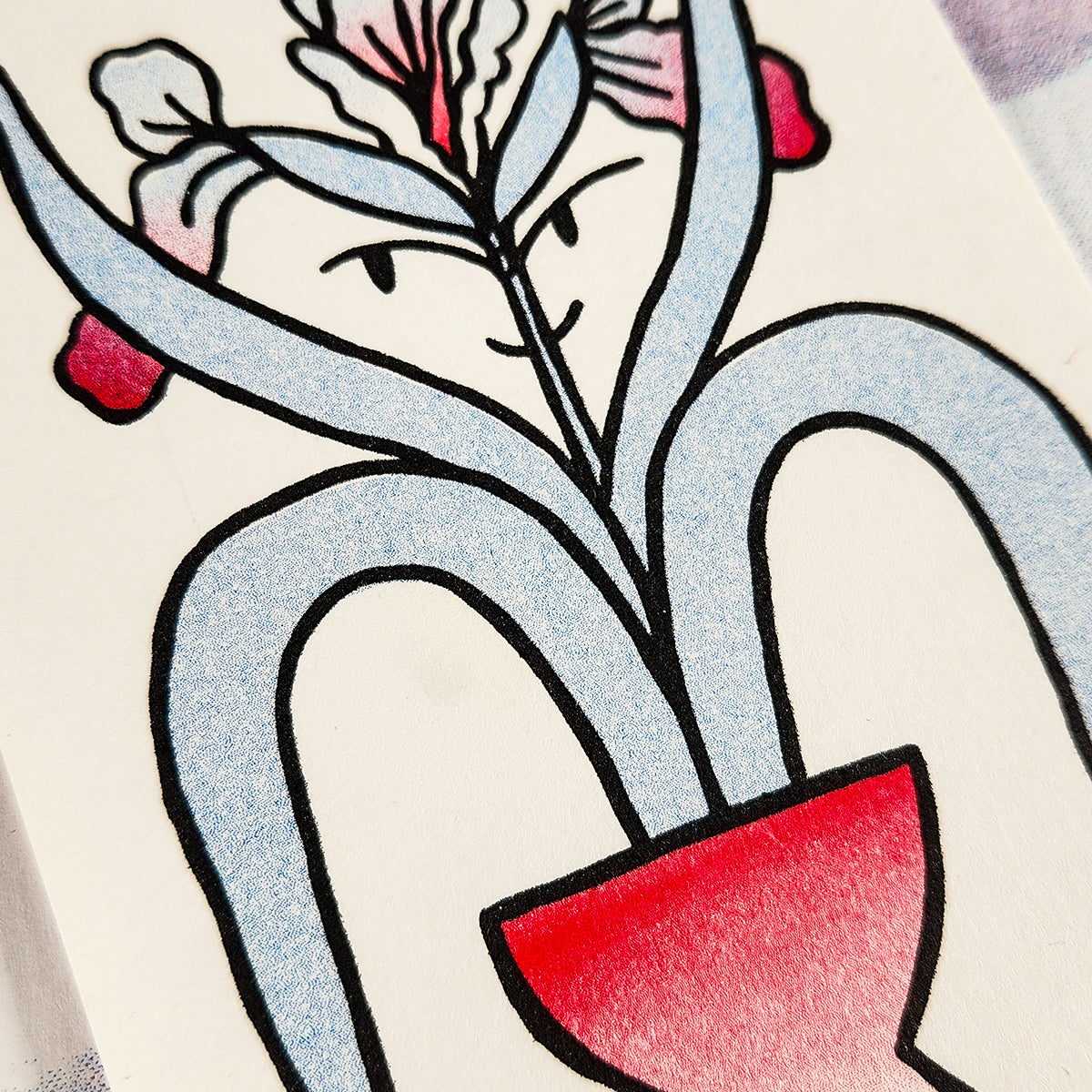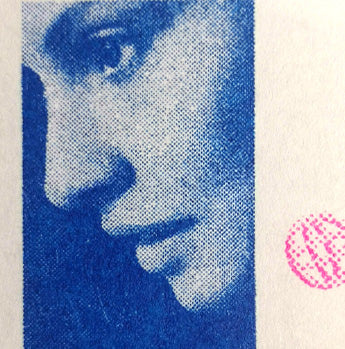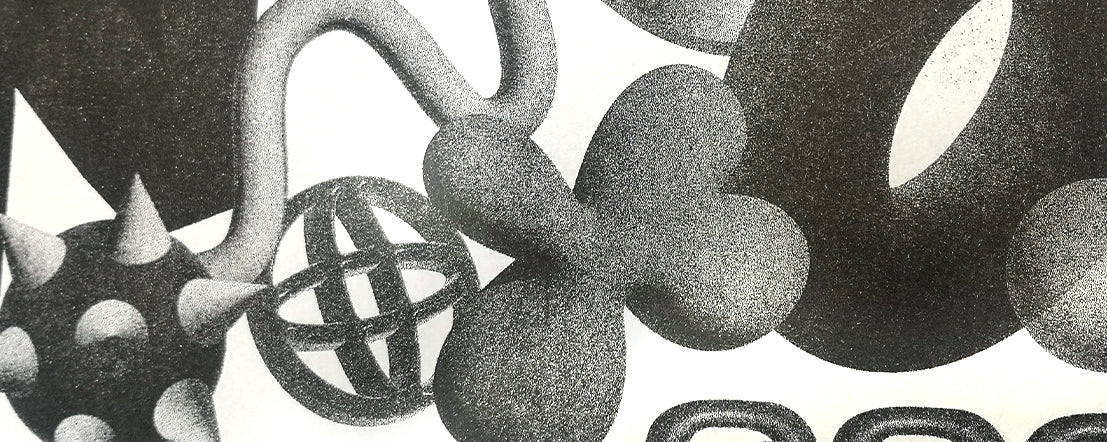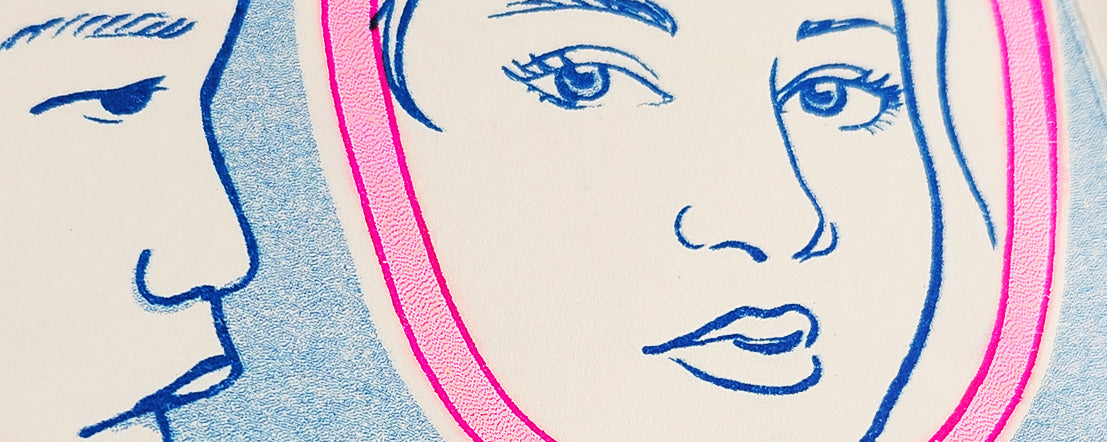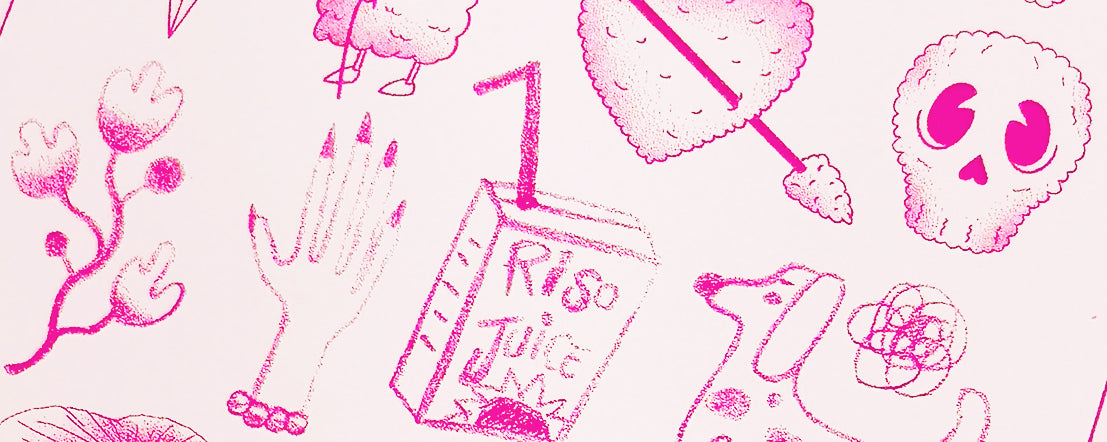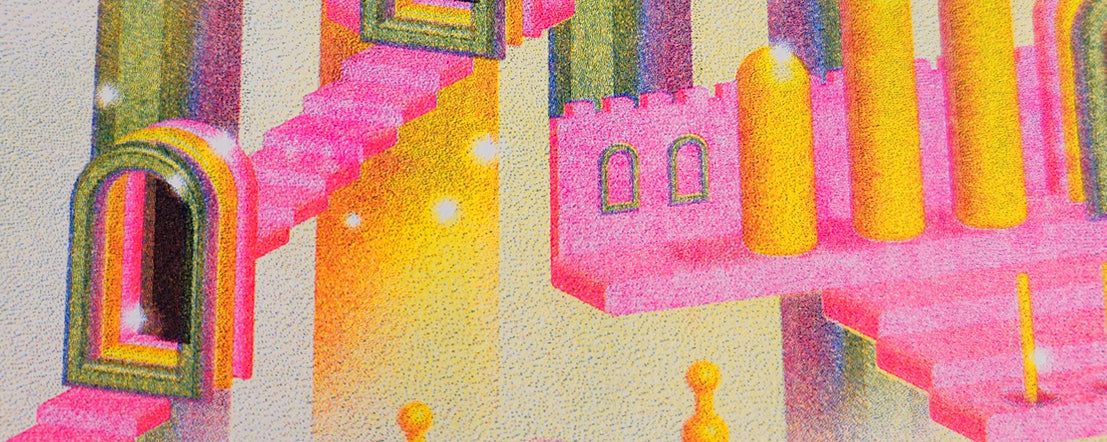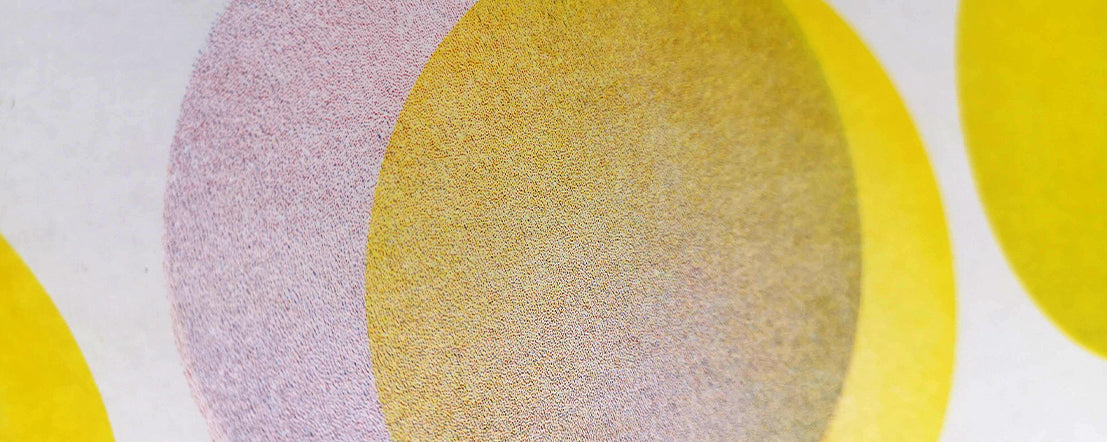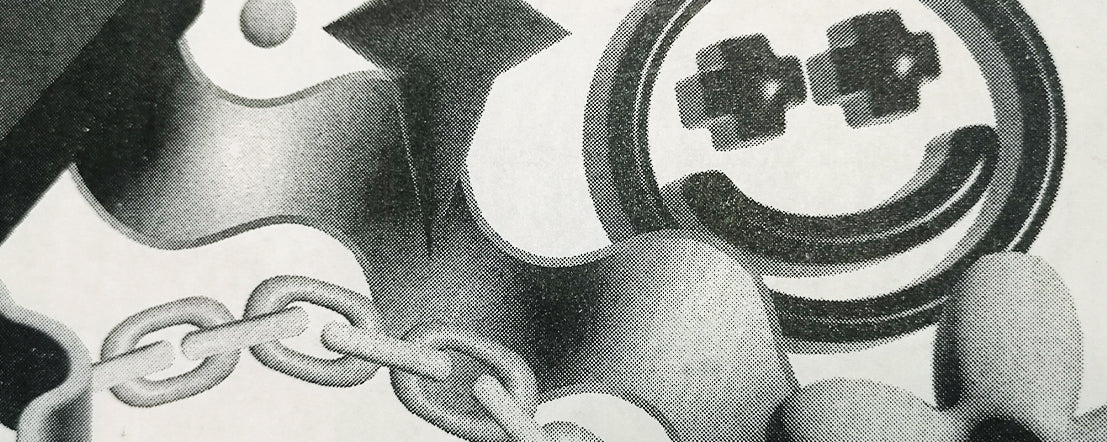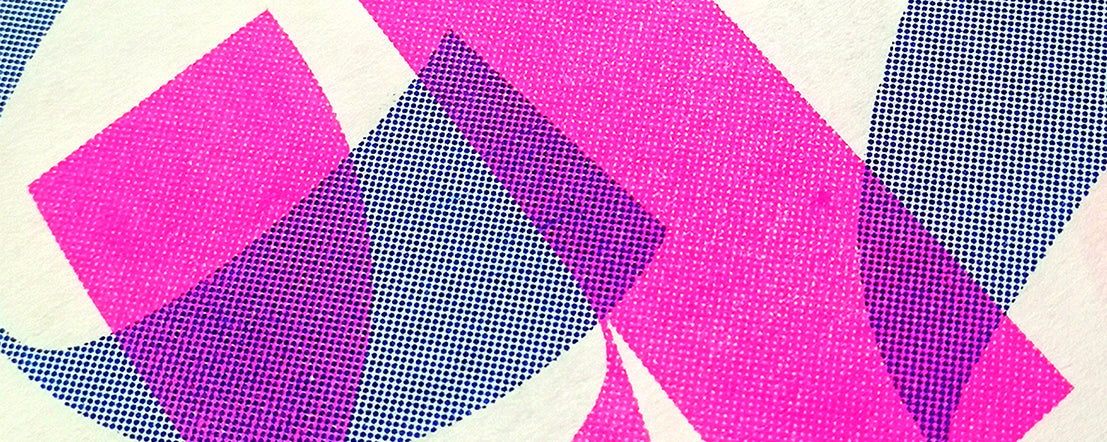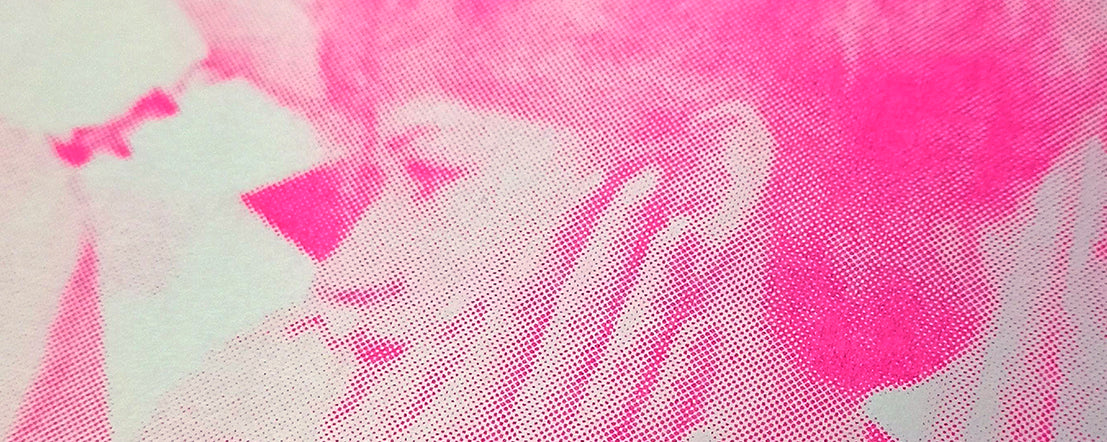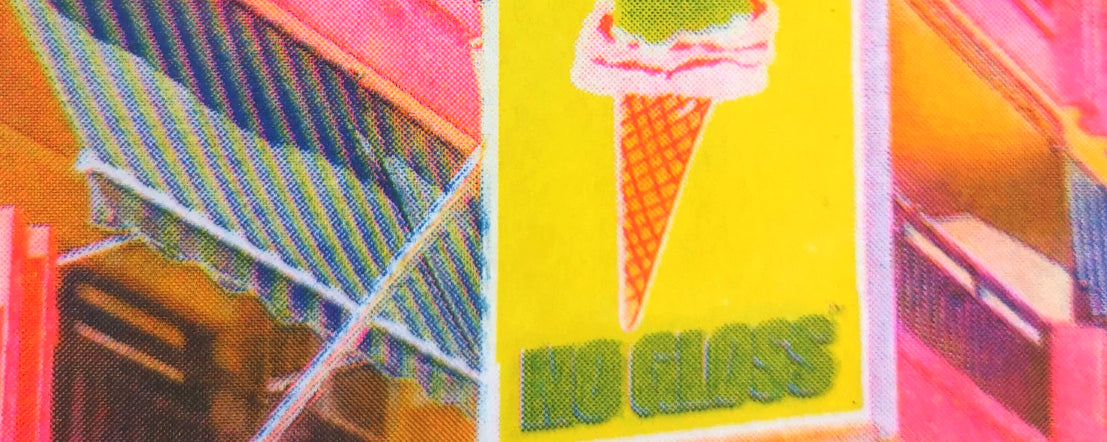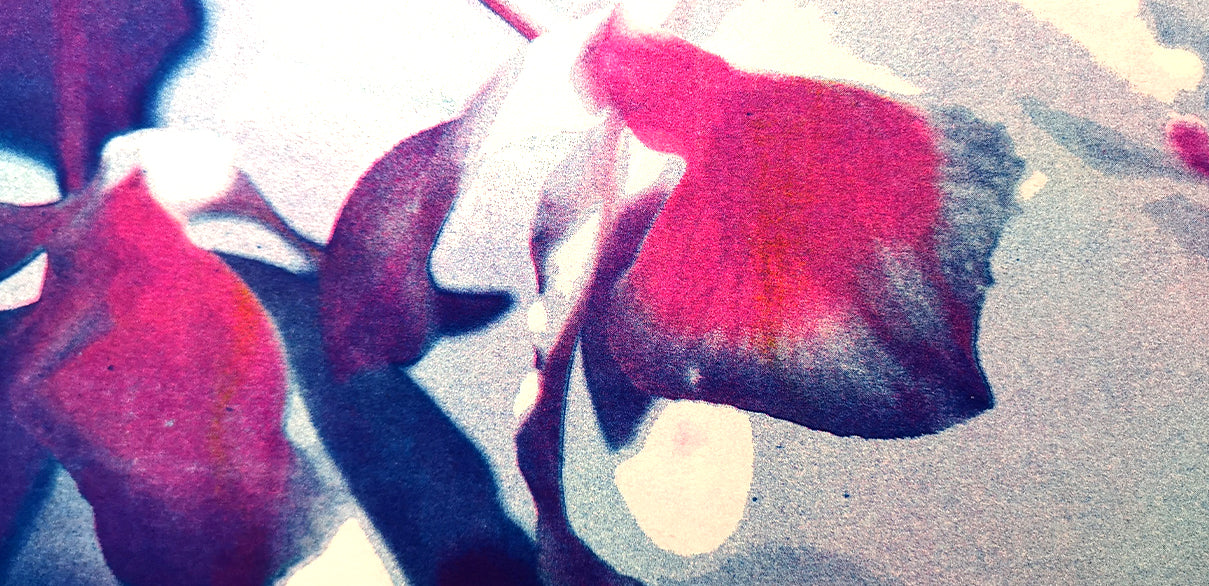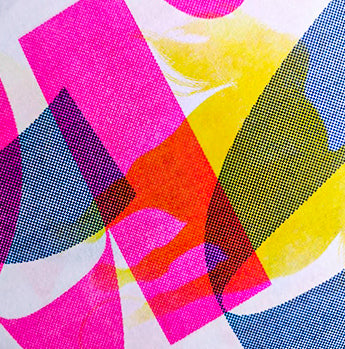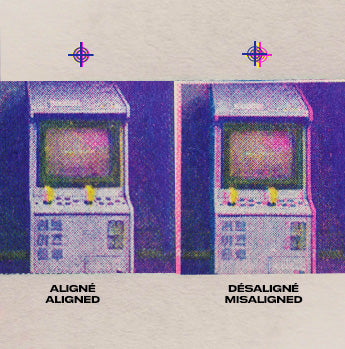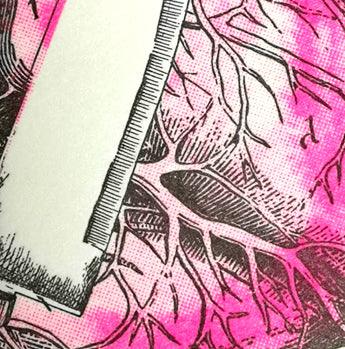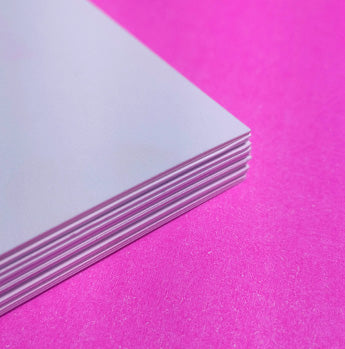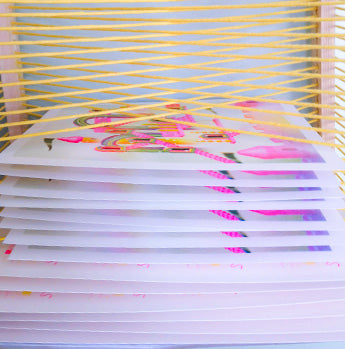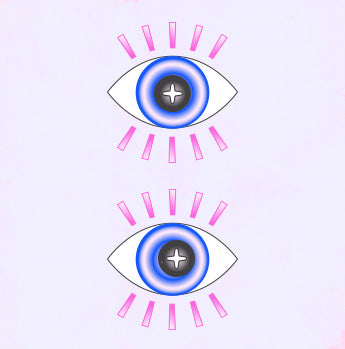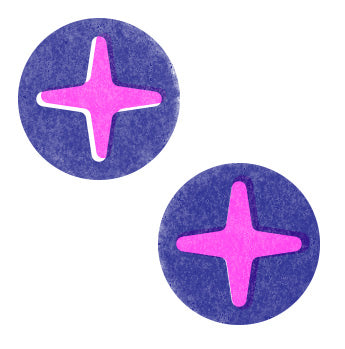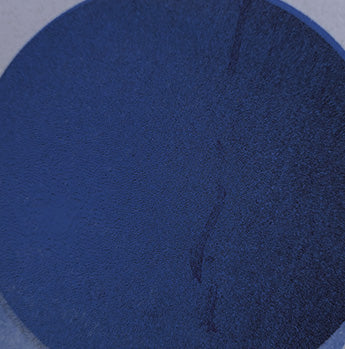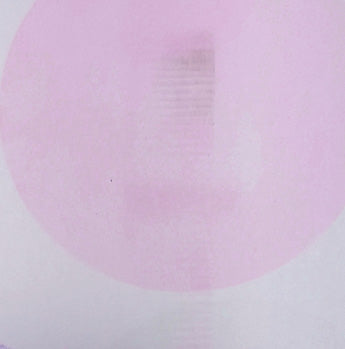What is Riso?
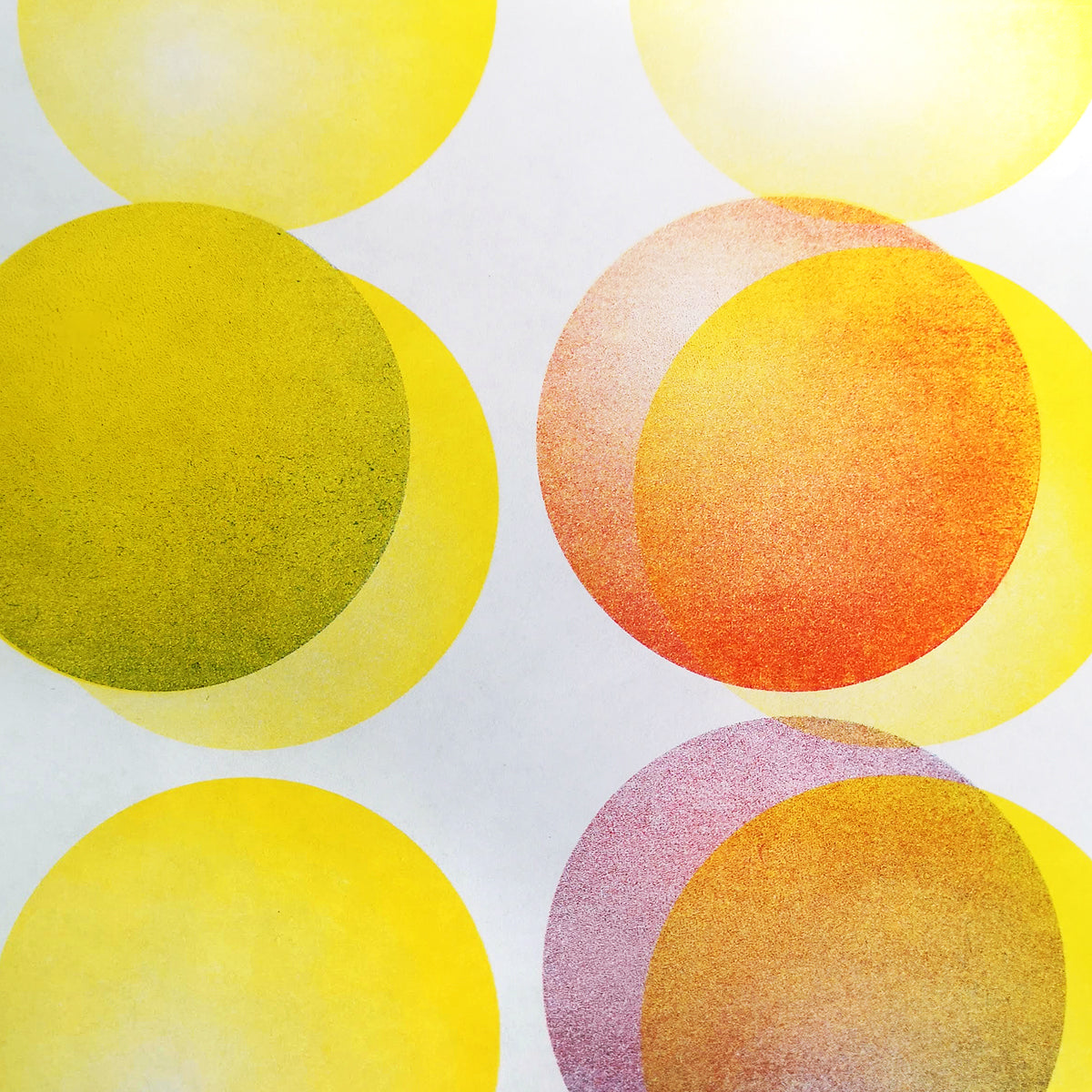
Riso is a printing process that is known for its textures, fluorescent colors and quirks that make this medium so charming. Similar to screen printing, every color layer is printed individually and placed one on top of the other.
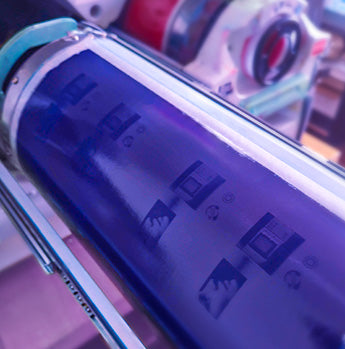
Ink Drums
A stencil is made for each color layer and is then placed on the ink drum. The drums will rotate to print on the passing paper. Our printers can print 2 color layers at a time.
Riso Textures
Riso Trivia
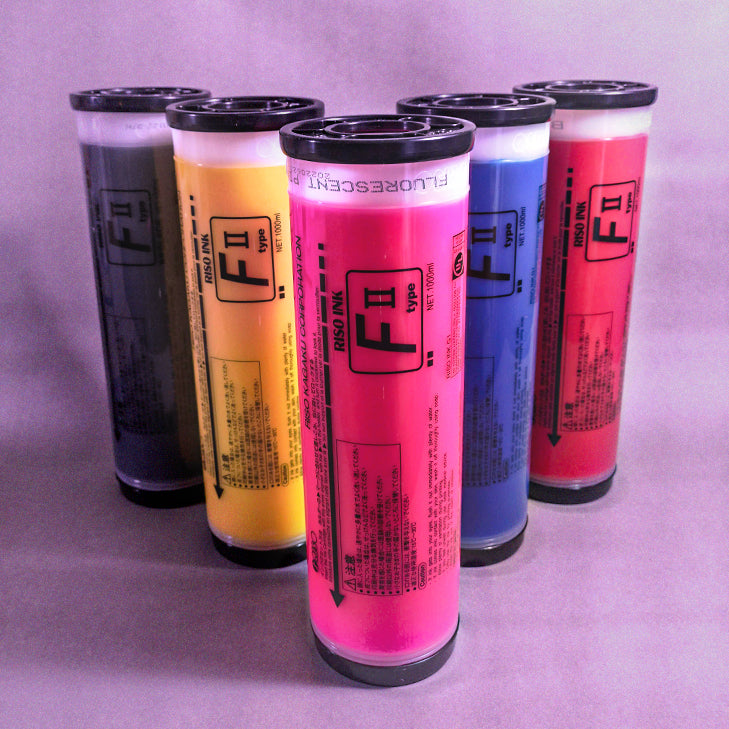
Is Riso more eco-friendly?
No printing method is perfect, but Riso has a slight edge
- It uses soy based ink and is without C.O.V.s
- The ink cartridges are recyclable
- It does not require heat to print
- It works better on recycled paper and does not print on glossy finishes
We can offer you a selection of recycled paper for your projects

